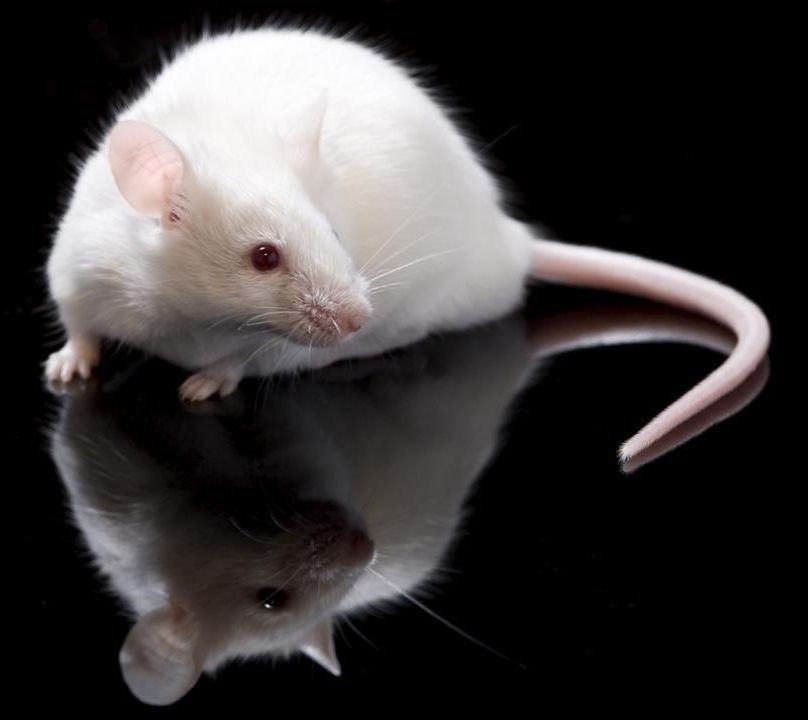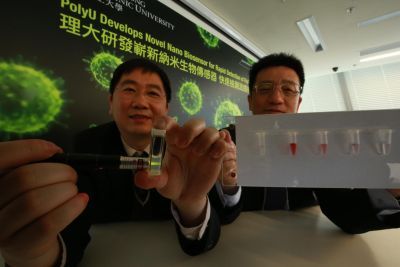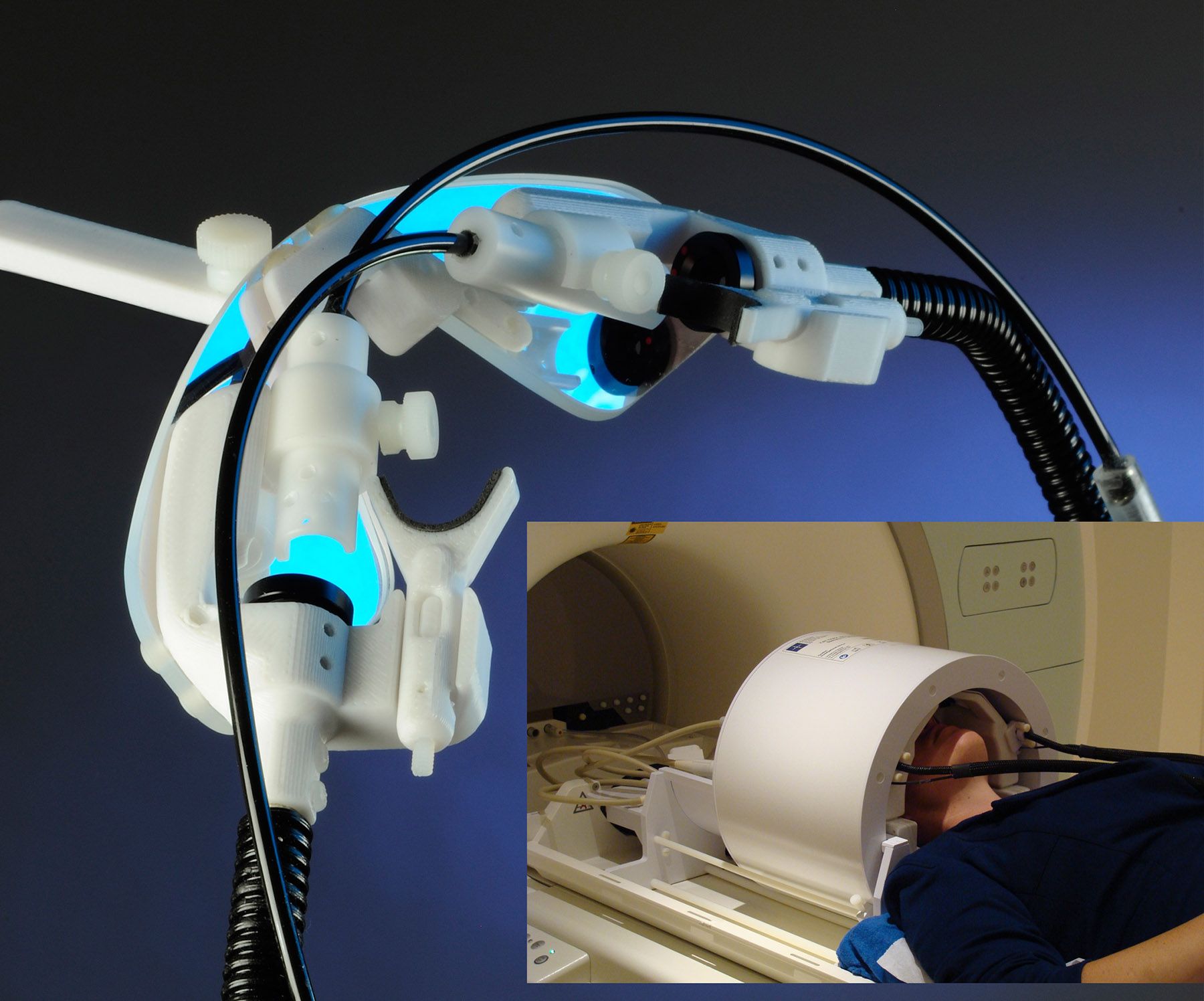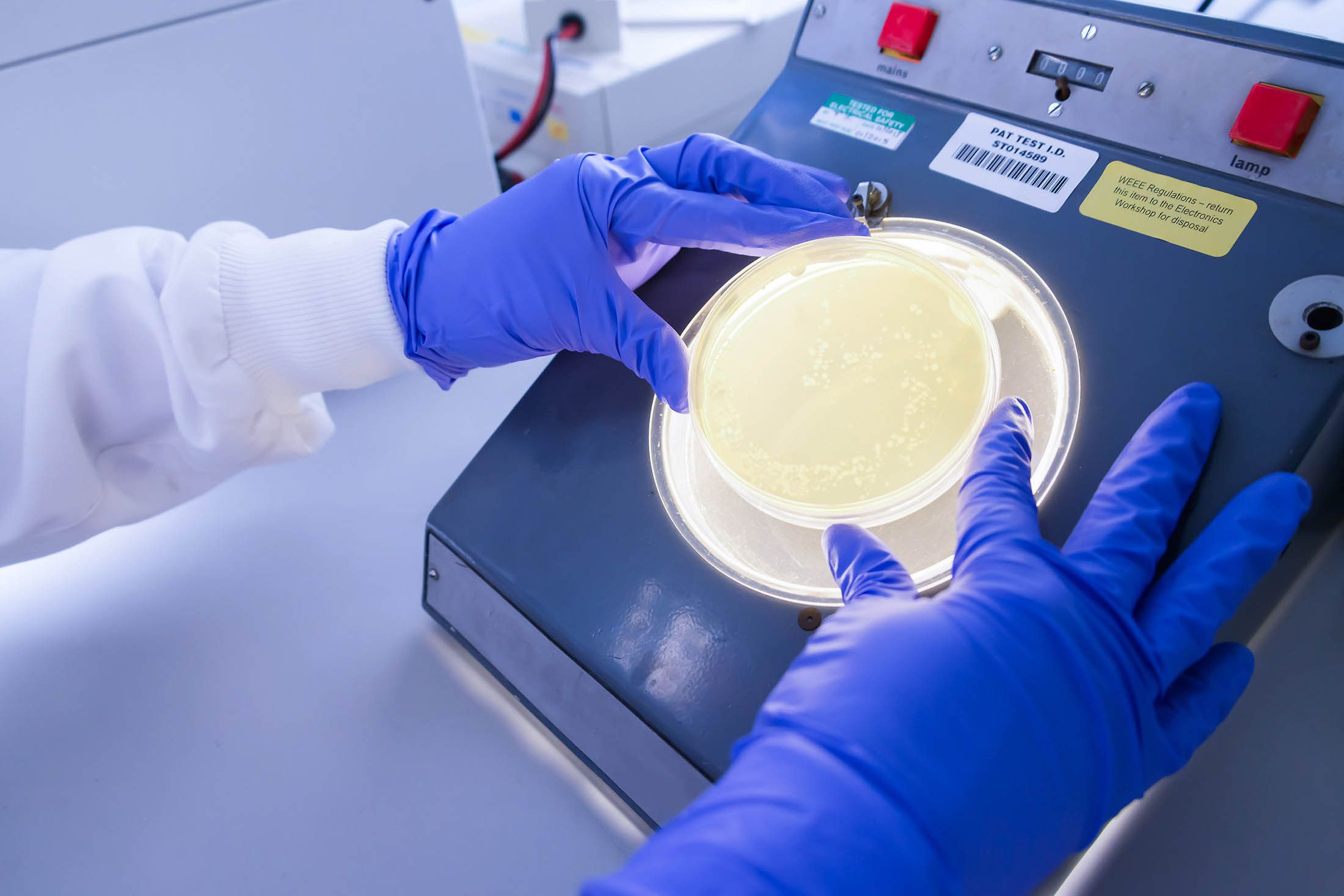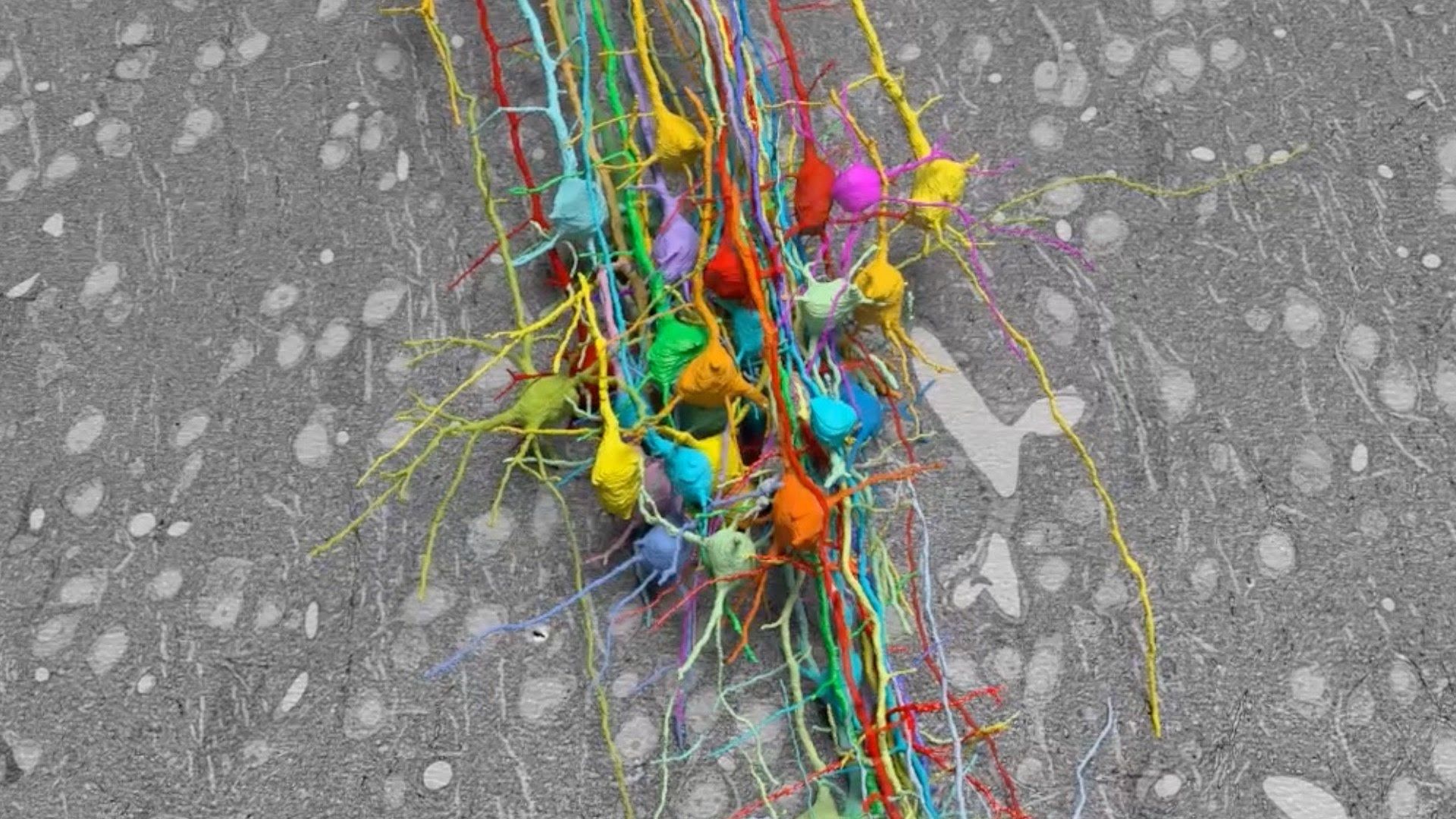Mar 14, 2016
On-the-spot diagnosis of certain cancers with sensitive bionsensor
Posted by Karen Hurst in category: biotech/medical
For Gartner and their Emerging Tech graph; may wish to rethink the biosensor being over 10 years away.
MicroRNAs are a newly discovered class of short (about 19 to 24 nuclides in length) fragments of noncoding RNAs that are useful biomarkers for diagnosing various diseases, including cardiac disease and some cancers. Since they are surprisingly well preserved in fluids such as urine and blood, their detection is well suited to a rapid, point-of-care method.
Mi Kyoung Park at the A*STAR Institute of Microelectronics and her co-workers have devised a silicon photonic biosensor that can detect tiny changes in the phase of a light beam caused by hybridization between an immobilized DNA probe and target microRNAs in a sample.
Continue reading “On-the-spot diagnosis of certain cancers with sensitive bionsensor” »

